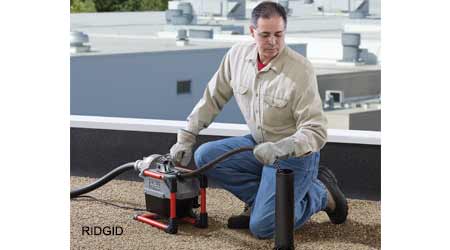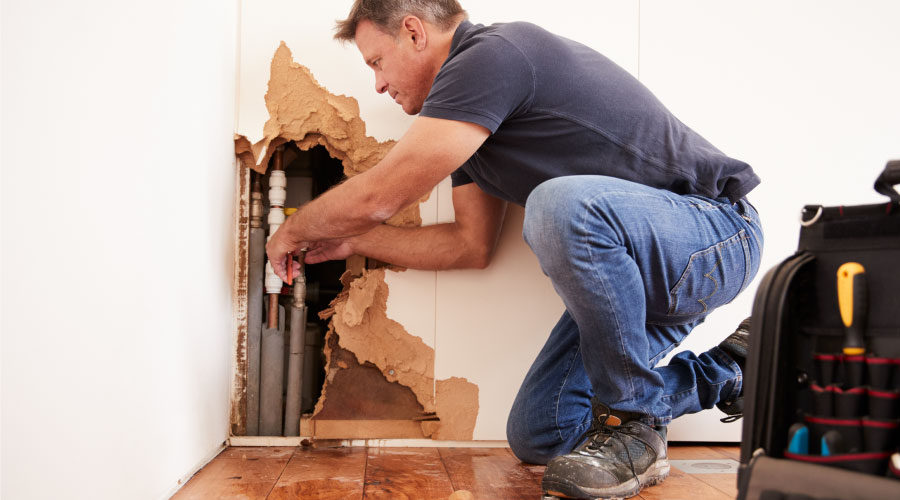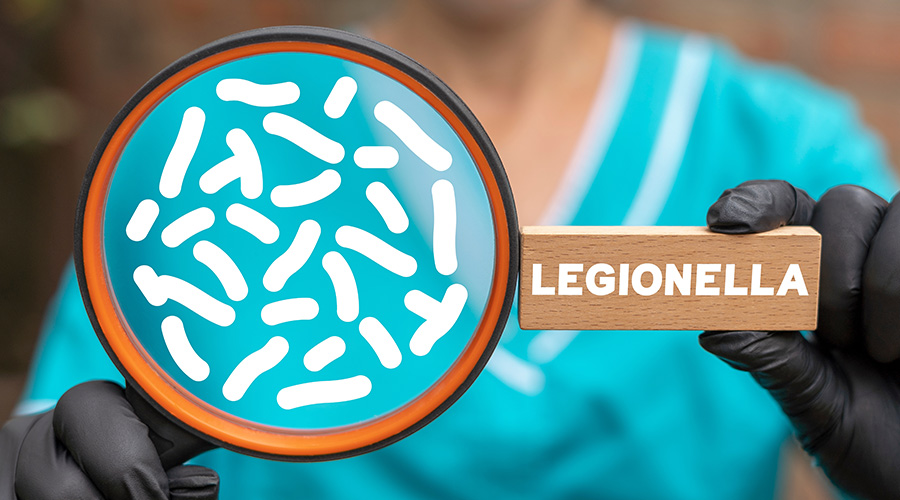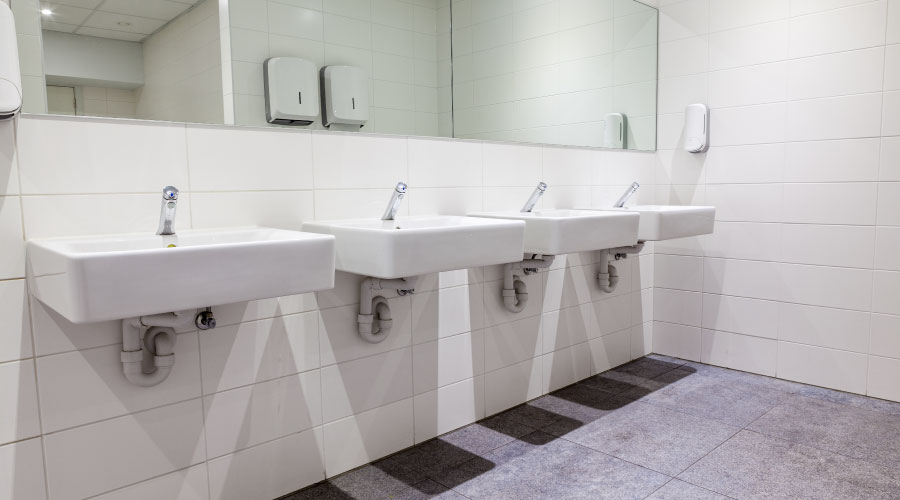Equipment Considerations for Drain-Cleaning Program
Part three of a 3-part article on establishing a drain cleaning program
Managers must consider a number of situations before instituting a drain-cleaning program. Among the issues for them to consider are determining the source of clogs, accessing hard-to-reach areas, and facilities that require extra-stringent cleaning standards. The faster a technician can diagnose these potential problems, the more efficient a drain-cleaning program becomes.
The emergence of video inspection technology to enhance the view inside pipes has helped technicians improve efficiency.
“Camera and locating equipment have brought a whole new aspect to drain maintenance,” Moherman says. “Not only can you clear the blockage, but now you have the opportunity to visually identify exactly what type of blockage you have for optimal cleaning. If you have to dig to expose and replace a section of pipe, locating equipment can remove the guesswork and pinpoint exactly where and how deep you need to dig.”
Knowing the types of clogs that regularly occur in piping also will also help technicians determine what equipment is necessary for the job.
“Do you have hard or soft clogs?” Dunbar says. “Hard is something like a foreign object or a tree root. Soft is grease, sludge or sand. Snakes or cable-style machines are best for hard stoppages, and high-pressure water jetters are best for soft stoppages.”
If the clogs are difficult to access, technicians must consider a number of different equipment options for their program.
“If access points are in tight quarters, such as near a wall or beside a structure, a drum machine rather than a sectional machine is a better choice since it doesn’t require the footprint behind the machine,” Moherman says. “If the access points require climbing a ladder, a lighter setup is optimal. An advantage of the sectional machine is its ease of transport. The machine and the cable separate, making for a lighter load.”
Another situation that might require additional consideration from managers is a facility that requires higher-than-usual cleaning standards, such as a health care facility or kitchen areas where food is prepared.
“If your drainage system needs a high degree of quality at all times, a water-jetting machine is a key tool,” Moherman says. “Water-jetting machines blast through sludge, soap, grease and sediment blockages. As you pull the hose back, it power scrubs the line, flushing debris away and restoring drain lines to their full, free-flowing capacity.”
Related Topics:














